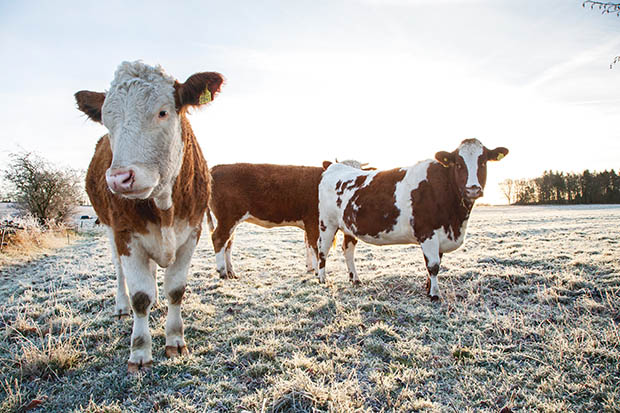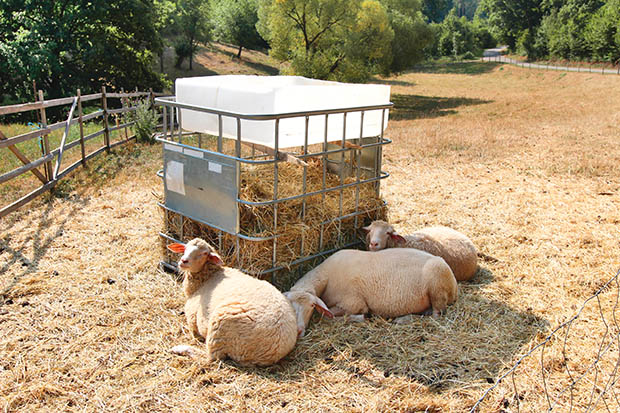Getting your livestock through winter

How to help your cattle and sheep get through the cold months.
Words: Nadene Hall
CATTLE IN WINTER
The biggest mistake in terms of stock health and welfare over winter is too many animals and not enough pasture.
Research shows it’s better to decide to destock as early as possible, even if you lose money on the sale price. Keeping them will almost always cost far more if you factor in the long-term damage to soil and pasture quality and money spent on supplements trying to maintain condition.
• Young stock needs good quality leafy pastures to keep them growing at 1kg+ per day.
• Pregnant cows should have a body condition score of 5 for calving (rounded hips).
• If it gets cold and wet, feed out extra roughage, such as hay. Use hay bales to create windbreaks for weaners to sit behind for protection from wind and rain – the bonus is they can eat it too.
• Talk to your vet about mineral supplements, which take time to build up in the body. For pregnant cattle, it’s important to be feeding magnesium and calcium supplements. Other concerns include copper, which may be low, especially if you’ve used zinc to prevent facial eczema over summer.
• If you buy grain-based supplements, introduce them slowly in combination with roughage such as hay. See the information on sheep for more on why this is crucial to prevent acidosis.
SHEEP IN WINTER

Skinny ewes have lower lamb birth weights and more lamb deaths due to exposure and starvation. It’s essential to check the body condition of your sheep by getting hands-on with them, as poor condition is easily hidden by wool.
Pregnant ewes that are too thin are more likely to suffer from metabolic diseases (milk fever, staggers, sleepy sickness) and die. Have treatments ready as you need to respond rapidly – talk to your vet about options.
Silage and hay won’t restore condition, so you will need to buy grain-based concentrates.
4 things to know about feeding supplements to sheep
• Use troughs – make sure sheep have plenty of space, so all get a fair share, no one can gorge, and there’s no waste.
• Start with small amounts (50g per sheep per day), spread over hay or straw to prevent gorging, and supply roughage.
• Slowly build-up to the recommended ration over 7-10 days. Too much grain in a short time can badly affect the rumen, causing acidosis. If an animal suddenly eats a lot of grain, it causes an over-production of volatile fatty acids in the rumen. This lowers the rumen’s pH, and can cause toxic shock and death. Early symptoms include animals that stop eating within a couple of hours, restlessness, discomfort, dullness, and possibly diarrhoea – some may go lame (laminitis). As it progresses, symptoms can include dehydration, severe diarrhoea, staggering, a bloated abdomen, and blindness. The animal will lay down, look sleepy, become cast (on its side, unwilling or unable to sit or stand up), and die.
• Nutritious winter feeds that go well with grains and have high crude protein levels include lucerne hay (17%), good quality pasture-based hay (12%), pea straw (9%), barley straw (5%), and oat straw (4%).

